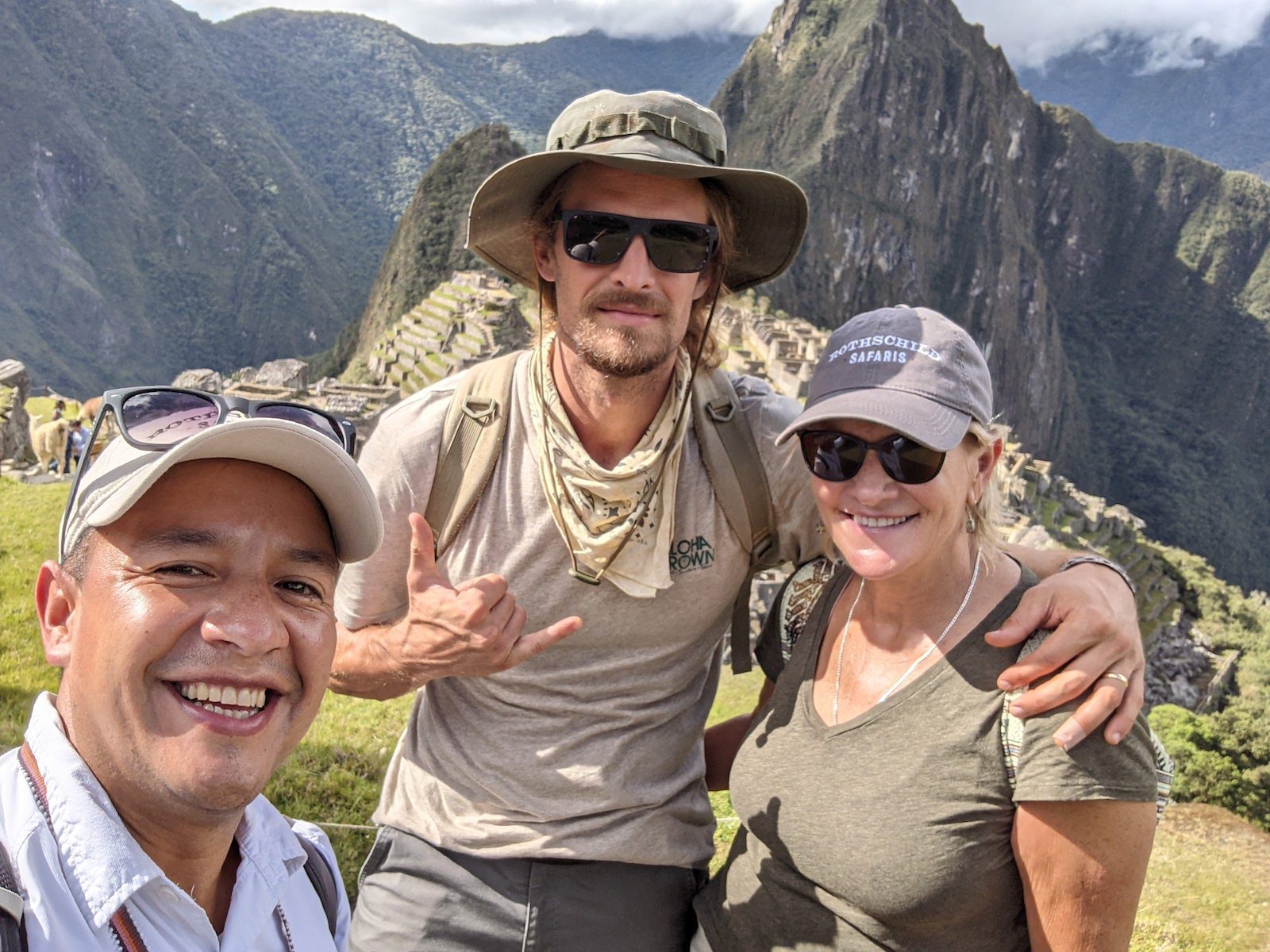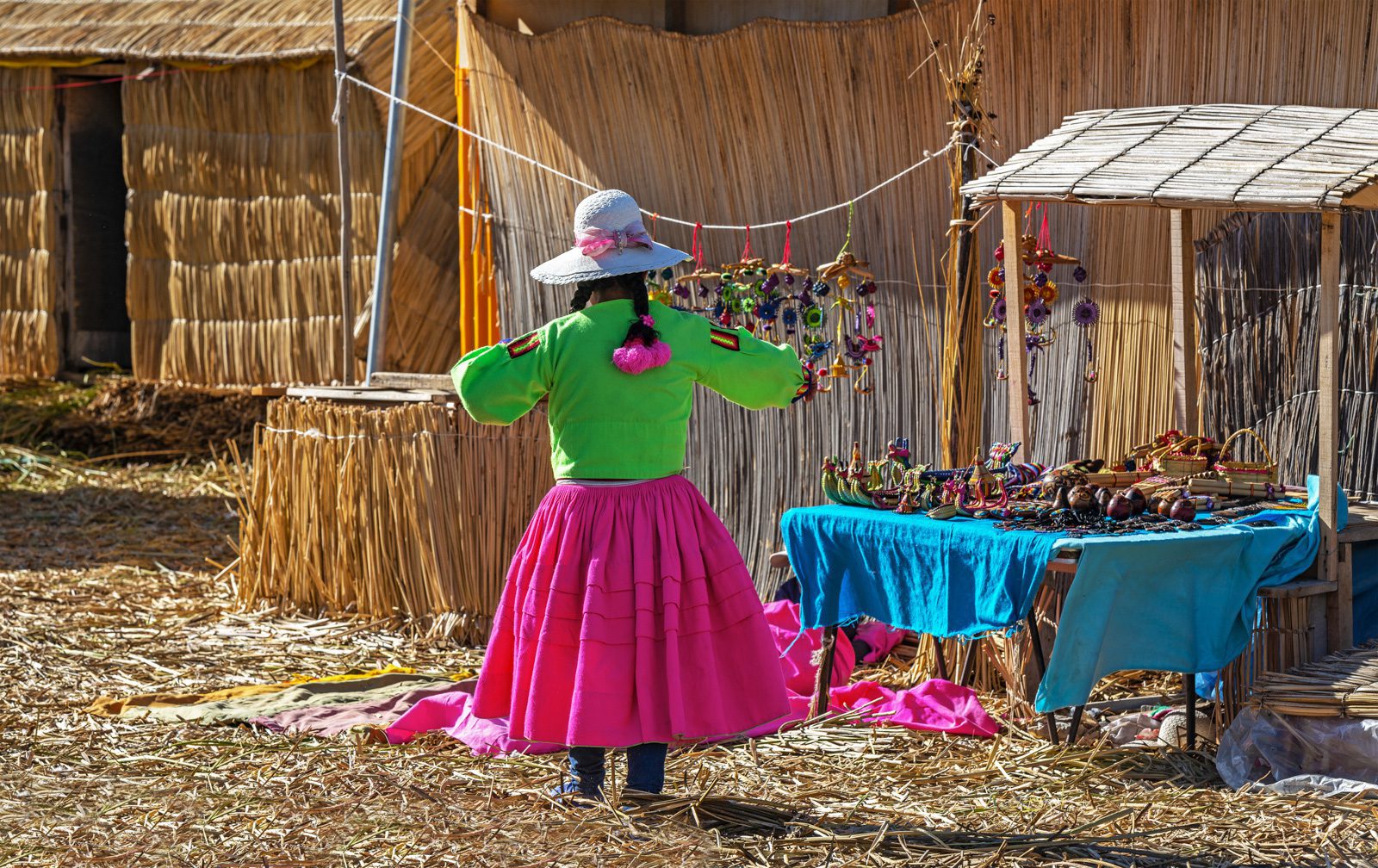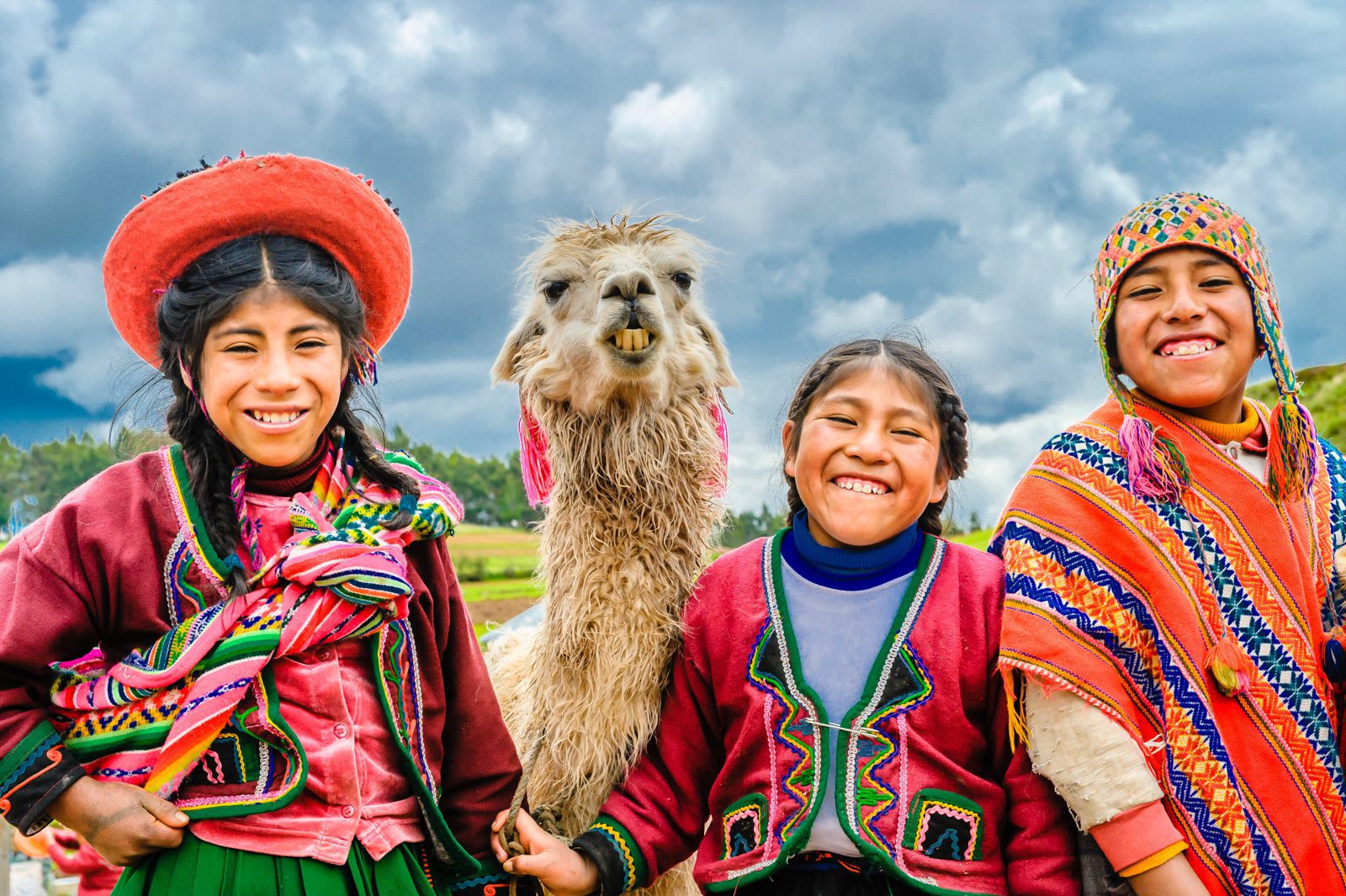BEYOND MACHU PICCHU
Discover 6 (More) Reasons to Visit Peru
In some regards, Peru is Machu Picchu.
One of the most recognisable ancient monuments, the captivating mountaintop ruins defy logic or understanding, and send our imaginations racing back in time, imagining the Incas of the 15th Century wandering the lofty terraces, partaking in mystical forgotten ceremonies and living a simple, communal life on top of the world.
The majority of Peru’s visitors come for the self-same reason, to ascend the Old Peak to the citadel, once a thriving town and astronomical observatory, one of the few settlements to survive the pillaging and destruction of the conquistadors and now a celebrated and renowned UNESCO World Heritage Site.
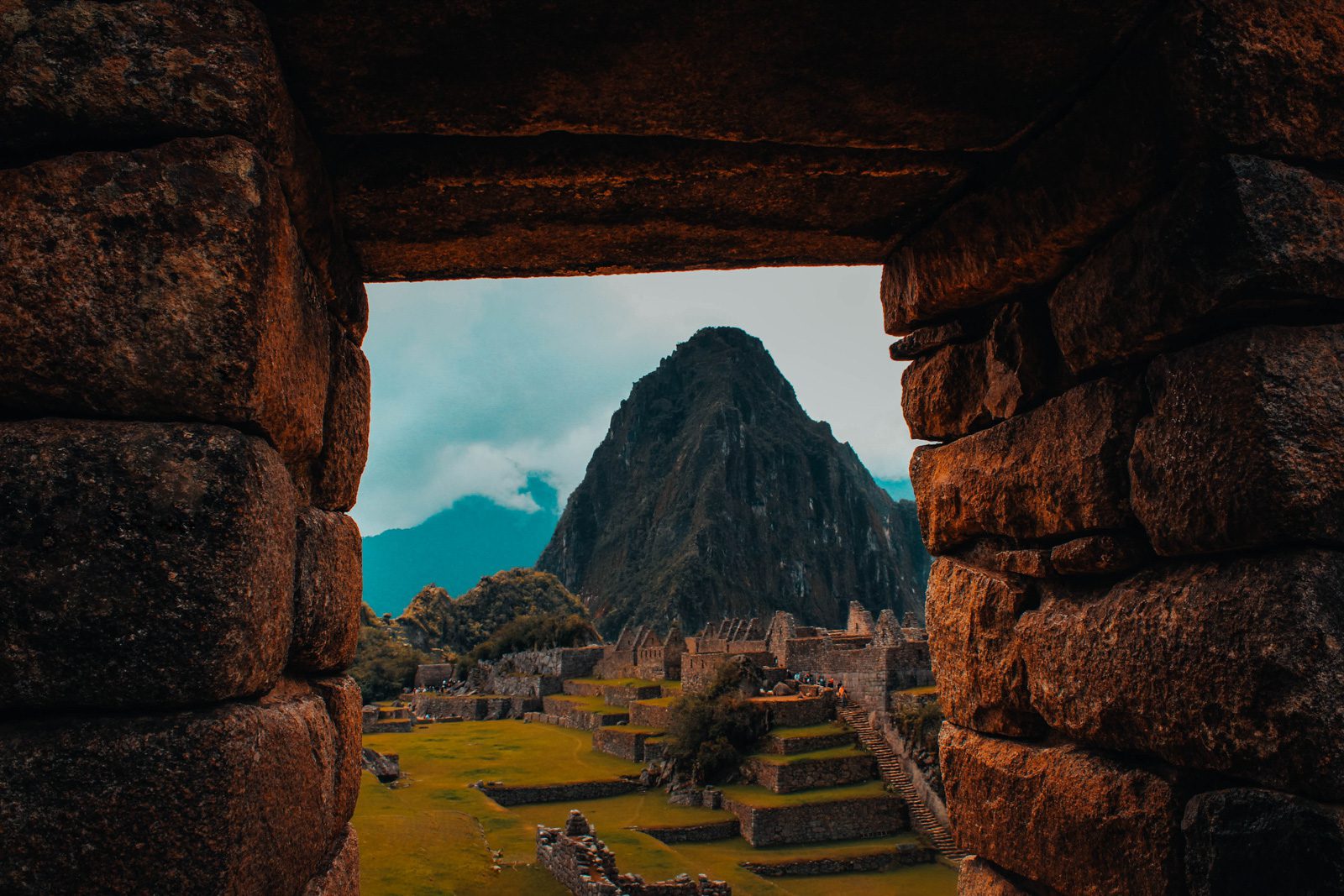
It is, of course, more than worthy of its profound reputation, and not trip to Peru would feel quite fulfilled without venturing to its summits. However, contrary to my opening statement, Peru isn’t Machu Picchu alone, and there is so much more to this wonderful country than a destination of archeological significance worthy of Indiana Jones.
As our Travel Designer, Ruthie Detwiler recently discovered, Peru is wildly diverse, rich in culture and adventure and teeming with wonder at every turn.
Discover six (more) reasons to visit Peru, with some insightful first hand advice from Ruthie:
Lake Titicaca
Spanning the border between Peru and neighbouring Bolivia, Titicaca rests some 12,500 feet (3,800 metres) above sea level. The world’s highest navigable waterway, it covers 3,230 square miles (8,370 km2) and reaches depths of up to 920 feet (280 metres).
With a shoreline peppered with over 180 Incan ruins, more fascinatingly and entire temple lays at its depths, though most visitors would never get to witness it. Titicaca is significantly important to the Inca, heralded as the birthplace of their people. From the first king, Manco Capac, being born on its shores, to the god Viracocha emerging from the lake to create the sun and the stars, Titicaca is rightfully revered by Peruvians of all descent.
Titicaca has numerous islands of varying size, home to endemic species and stunningly-preserved ruins. Though many of these islands are geographically formed, they cannot parallel the astonishing, almost unfathomable craftsmanship of the Uros.
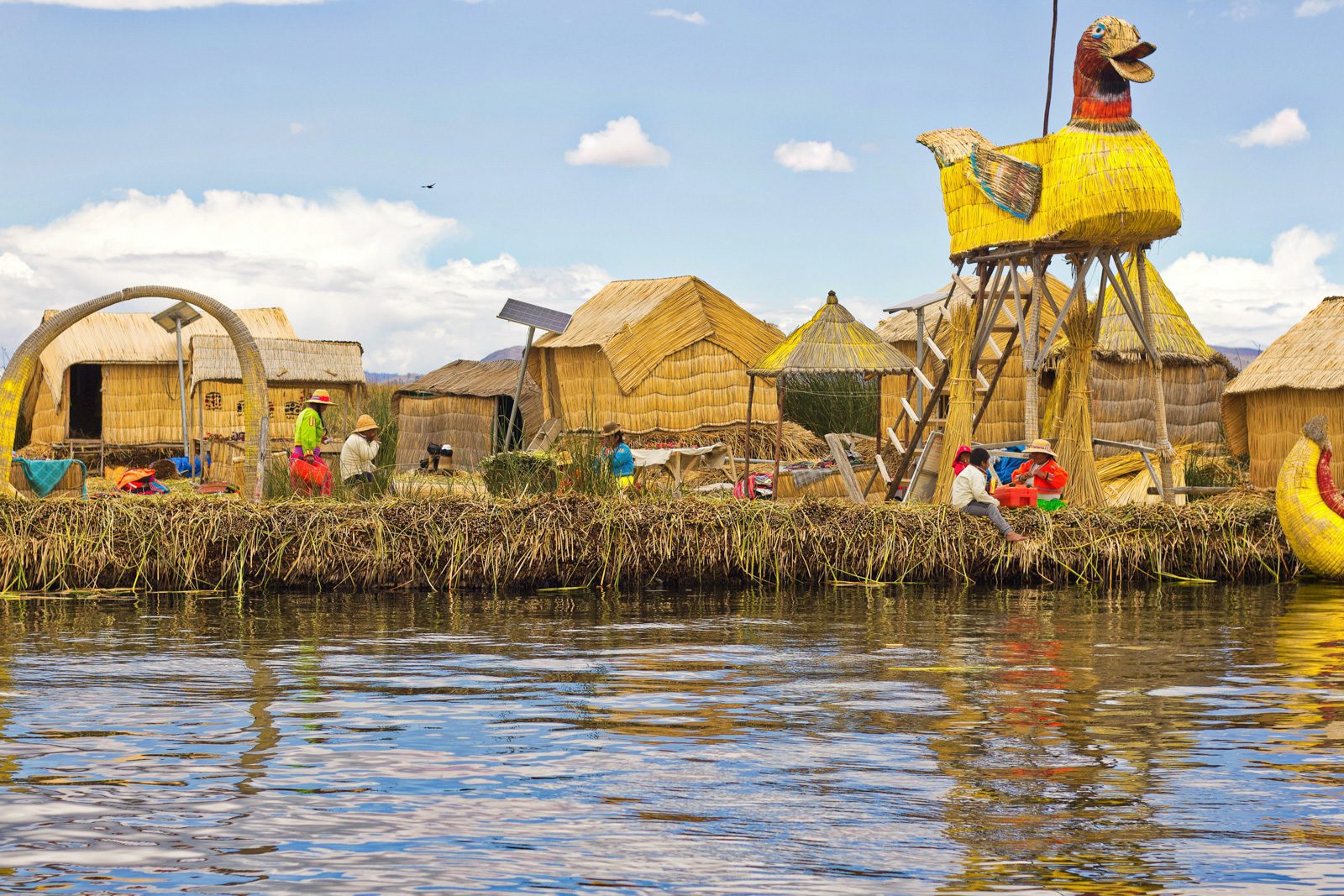
Centuries ago, the Uros people lived on the shores of Titicaca. The peaceful community lived humbly off the land for many years until neighbouring tribes threatened their tranquility. Fearing for their lives, they fled into the lake, building rafts from the indigenous totora reeds and evading capture, never to return to a life on terra firma.
Travellers can visit working Uros villages, or stay at Titicaca Lodge, a rustic yet luxurious accommodation emulating the workmanship of the Uros.
The wild and rugged landscapes, rich cultural history, unique wildlife and expansive lake combine to make Titicaca worthy of more than just a quick visit, and one could while away several days exploring its shores, peoples, tales and fauna.
RUTHIE’S TIP: For an immersion into the heart of the Andean culture, visit the charming Amaru community and its wonderful and amazing people. Straight from the hands of local craftspeople, you will learn about textiles and the weaving process. The vivid colors of the Amaru villagers’ clothing are derived from natural dyes made from plants and other organic elements. You’ll also learn about cochineal red and the secret properties of medicinal plants in the area.
Sacred Valley
Though known as the gateway to Machu Picchu, Sacred Valley is worthy of more than this transitory moniker. Sacred Valley is one of the last remaining bastions of the Incan civilization, bloodlines descended from the slopes of Machu Picchu to the valley floor over millennia.
Sacred Valley, or the Urubamba Valley, was a vital component of Incan culture, producing maize and providing a place of trade. Cusco, just to the valley’s south, was the capital of the ancient culture, but the town of Ollantaytambo, which is now the departure point for the rail ascent to Machu Picchu, has a rich history of its own that is often overlooked in the excitement to reach the summit.
The landscapes alone are worthy of exploration by foot or mountain bike, the towering Andes cradling the valley on all sides. Though the Urubamba River at its floor seems dwarfed by the towering peaks some almost 13,000 feet (4,000 metres) above it, it is still 1.3 miles (2km) above sea level. Cascading along the valley floor, the Urubamba is a continually-changing dramatic scene to journey along.
Incan culture has remained almost unchanged in this magical region, the villages of Huicho, Urquillos, and Huayllabamba offering guests a glimpse back in time and the opportunity to learn traditional ways of life and gather some artisanal mementos.
RUTHIE’S TIP: During the Incan Empire, in the early 14th century, Ollantaytambo was the royal estate of Emperor Pachacuti. It is more than just the departure point for the train to Machu Picchu. We took the advice of our guide and arrived early enough to see the Inca ruins before departing on the train to Machu Picchu.
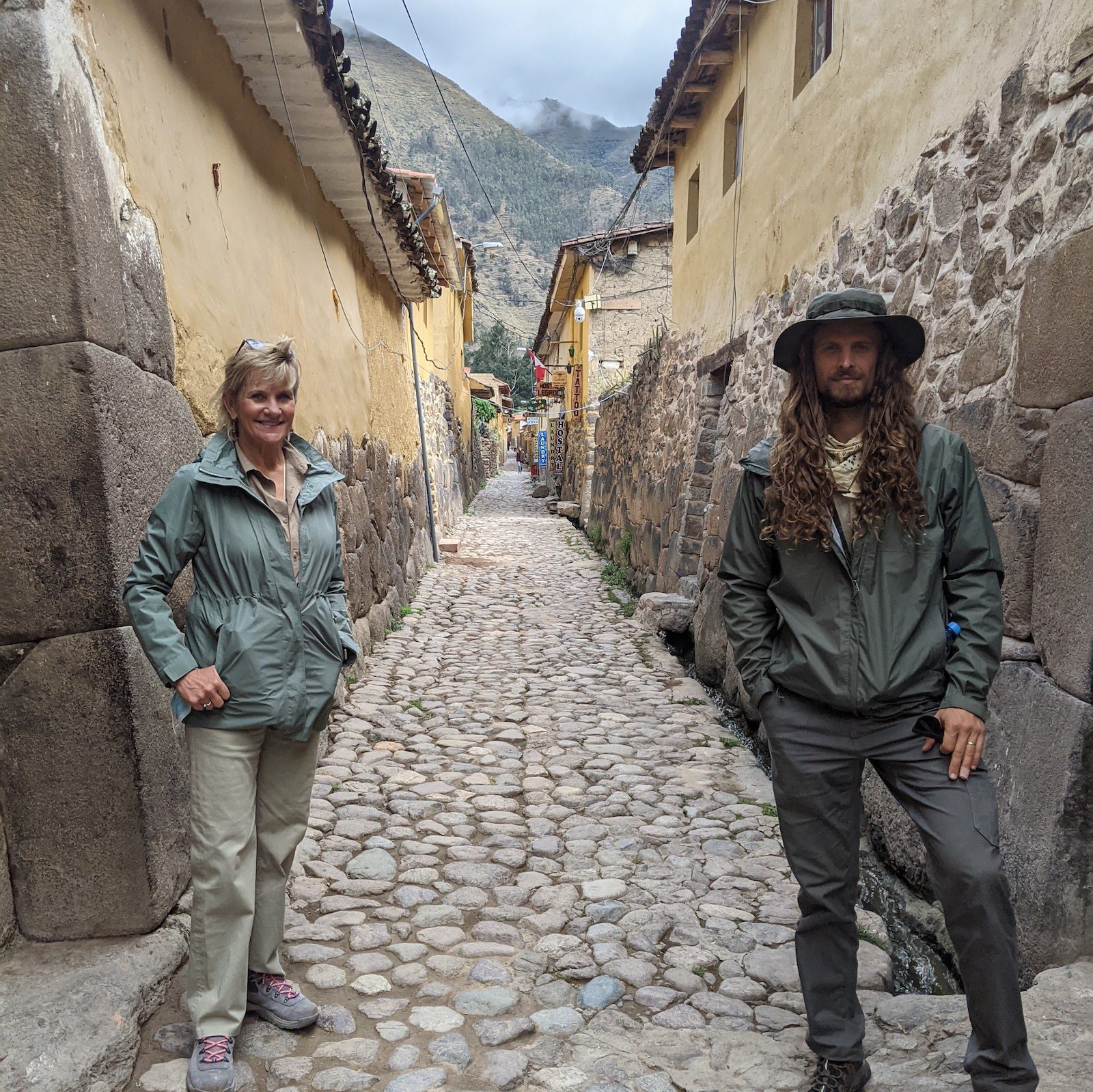
The visit to Machu Picchu was amazing with very few people. Our guide’s tip was to take the 2:00 pm visit when most of the crowds have left for the day. He was absolutely right!
Cusco, Peru
A short trip from Sacred Valley, and the primary port of call for those venturing to Machu Picchu, is Cusco. Despite its fairly remote location, Cusco is the seventh most populous city of Peru.
Cusco is a coalescence of Ican and Spanish influences. Though the cobbled streets and many ruins pre-date the Spanish conquest, numerous 16th Century buildings, churches and the magnificent Cuzco cathedral fill the bustling streets and plazas.
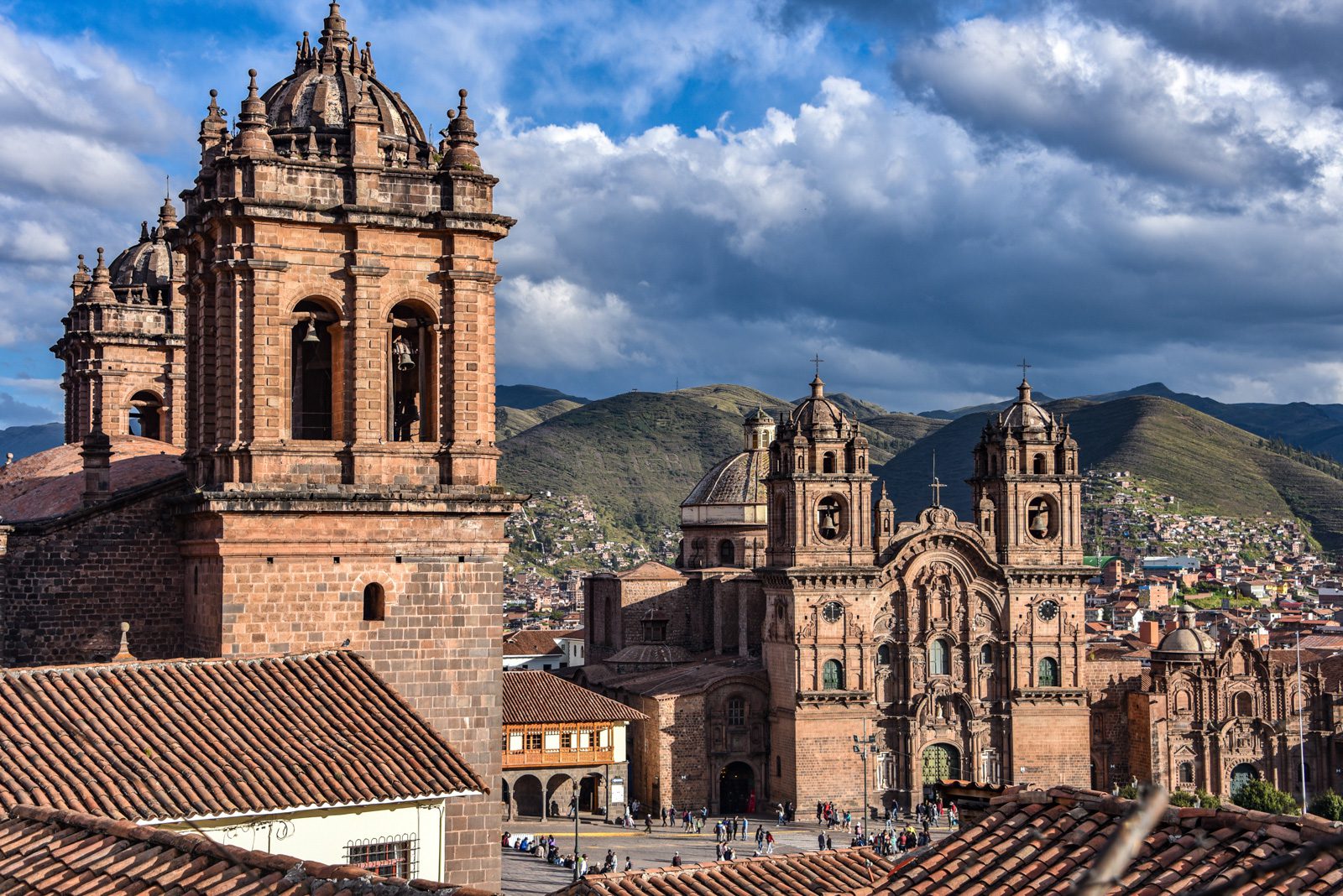
Cusco is nestled amongst the rolling mountains and it is worthwhile finding some elevation to view the town from a vantage point.
Plaza de Armas is the wonderfully lush heart of Cusco, surrounded by bars and cafes and a tranquil place to unwind from your day’s wanderings, while San Blas offers quaint coffee shops, handmade local creations and simply oozes culture of a traditionally inspired yet distinctly contemporary nature.
For a little more authenticity away from the more tourist-oriented regions, San Pedro market is pure local culture. Regional produce, handwoven garments and much more can be found in this wonderfully rustic marketplace.
While there is much more on offer in the narrow, winding streets of Cusco, anyone with the slightest interest in the region’s history must visit the 12-angled stone. Close to the Plaza de Armas and now within the wall of the palace of the Archbishop of Cuzco, this single stone originally formed part of an Incan palace. A feat of architecture and craftsmanship, this massive rock was carved incredibly precisely, featuring, as its name would suggest, 12 tessellating angles to connect it precisely with its surrounding bricks.
RUTHIE’S TIP: Enjoy a little shopping then sundowners from a rooftop is the perfect way to end the day, watching the sun slowly set over the city lights.
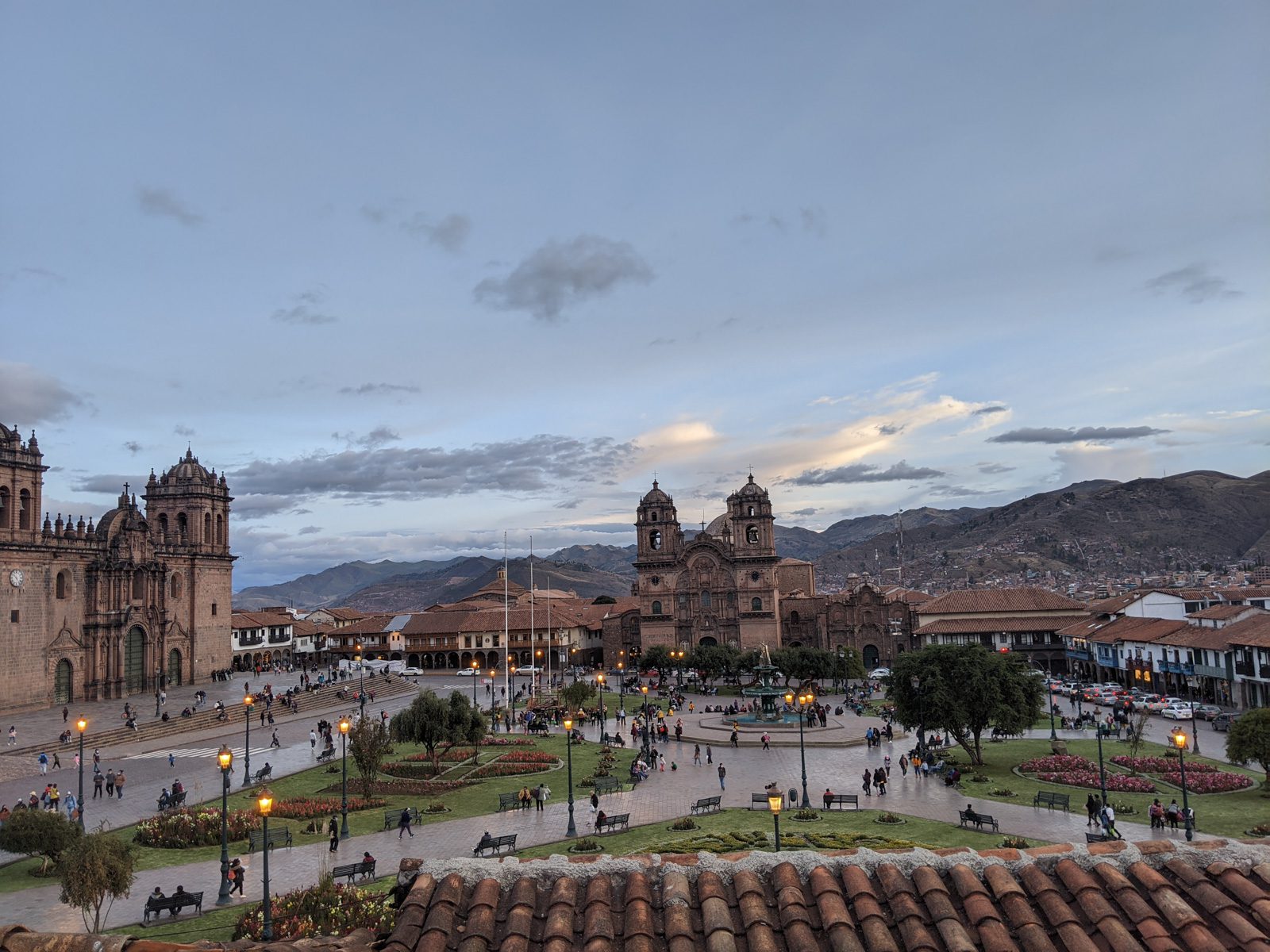
A most memorable restaurant in Cusco is Pachapapa. It’s a lovely outdoor courtyard restaurant serving the local delicacy, guinea pig, and stone-fired pizzas. If you’re lucky there will be a local harp musician too. We got lucky…
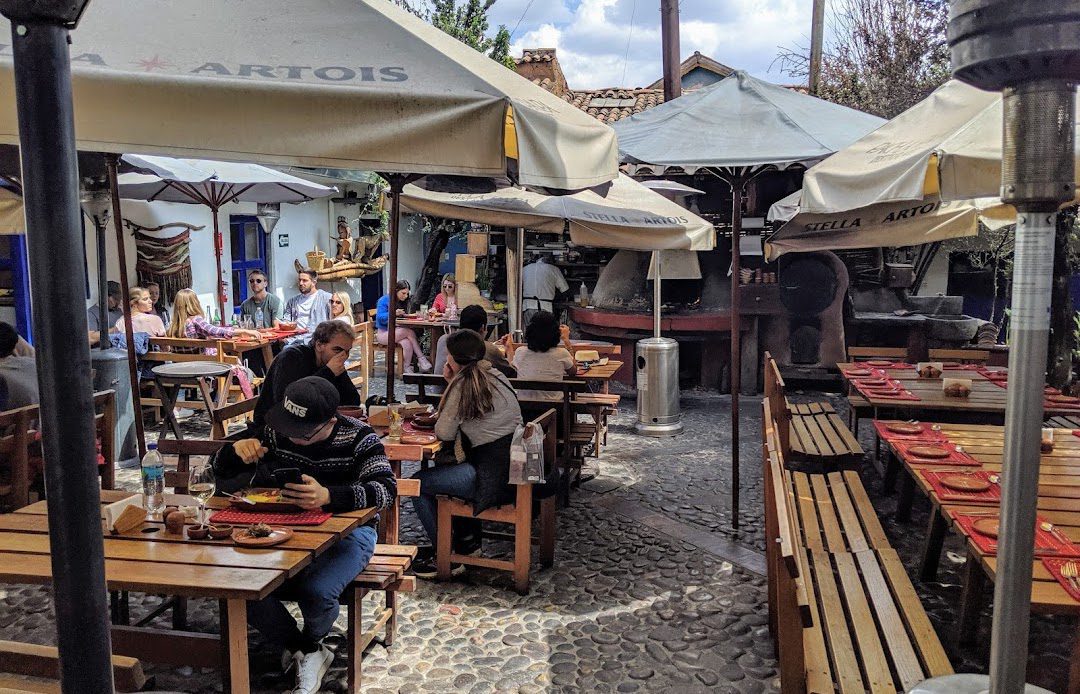
The Nazca Lines
The unfathomable Nazca Lines defy belief. Created over 2,000 years ago, the collection of hundreds of geoglyphs – representing monkeys, birds, spiders, dogs, lizards, humans and more is huge, each spanning from 440 to 1,200 yards (400 to 1,100 metres).
From artistic tributes to heavenly deities to representations or reflections of constellations, a ground-borne astrological map of sorts, their actual purpose or intention remains in the realm of hypotheses.
When originally discovered, they were believed to be ancient roads, and for centuries their true message and significance remained quite literally unseen as it is only from an elevation that they can be seen in all their form and glory.
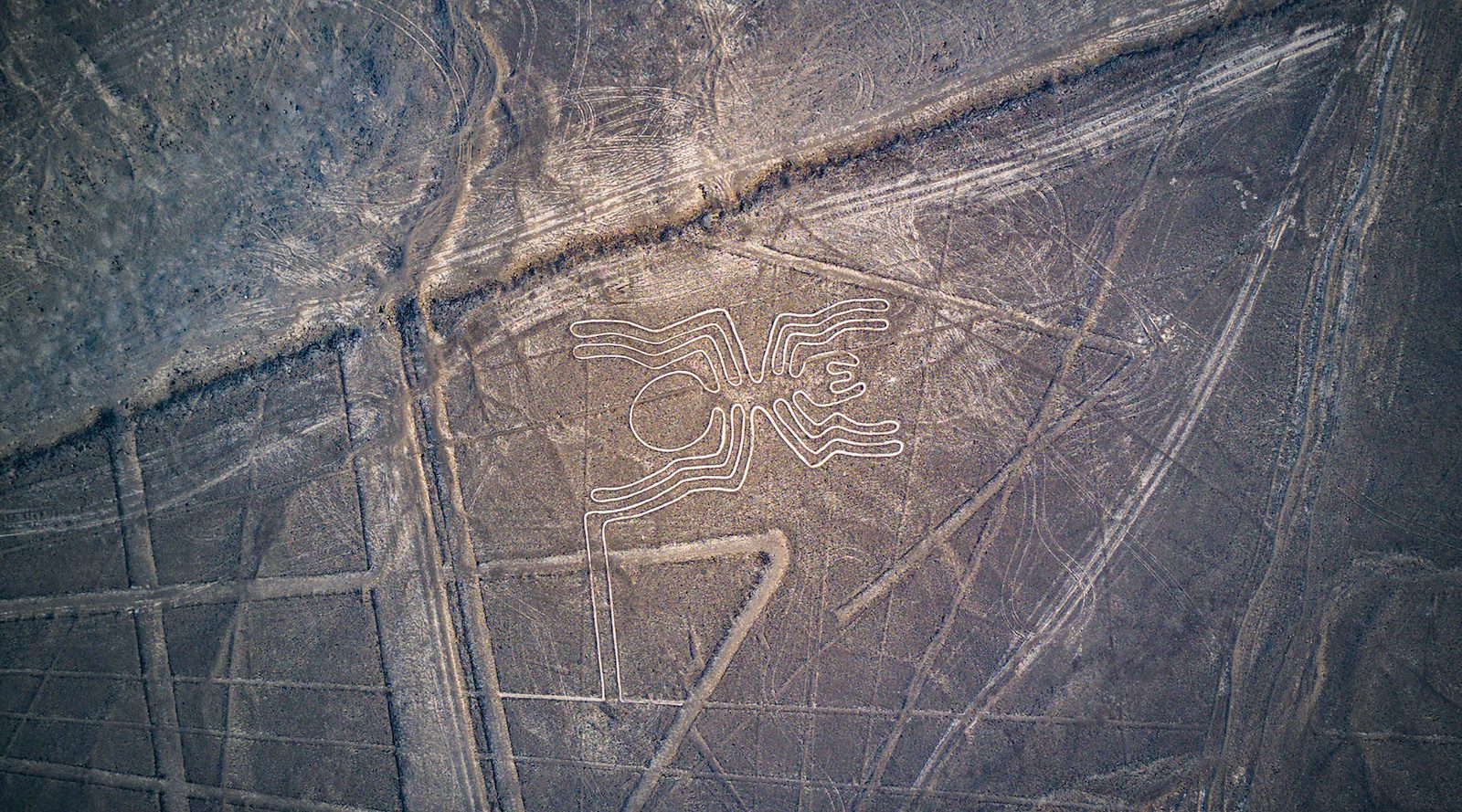
These formations must be seen to be believed and no photo can do justice to the sheer scale of these ancient artworks.
A helicopter or light aircraft flight over the Nazca Desert reveals a vast tapestry of images, and descending to earth and approaching the lines on foot, you begin to appreciate the magnitude of planning and execution that must have occurred in their creation, without the use of surveying equipment or modern technology.
RUTHIE’S TIP: Peru was absolutely amazing! The diverse landscapes from mountains to the desert, the interesting culture and delicious food made this one of my favorite destinations.
Paracas, not too far from Nazca Lines, is where the desert meets the sea. It offers amazing scenery off the beaten path.
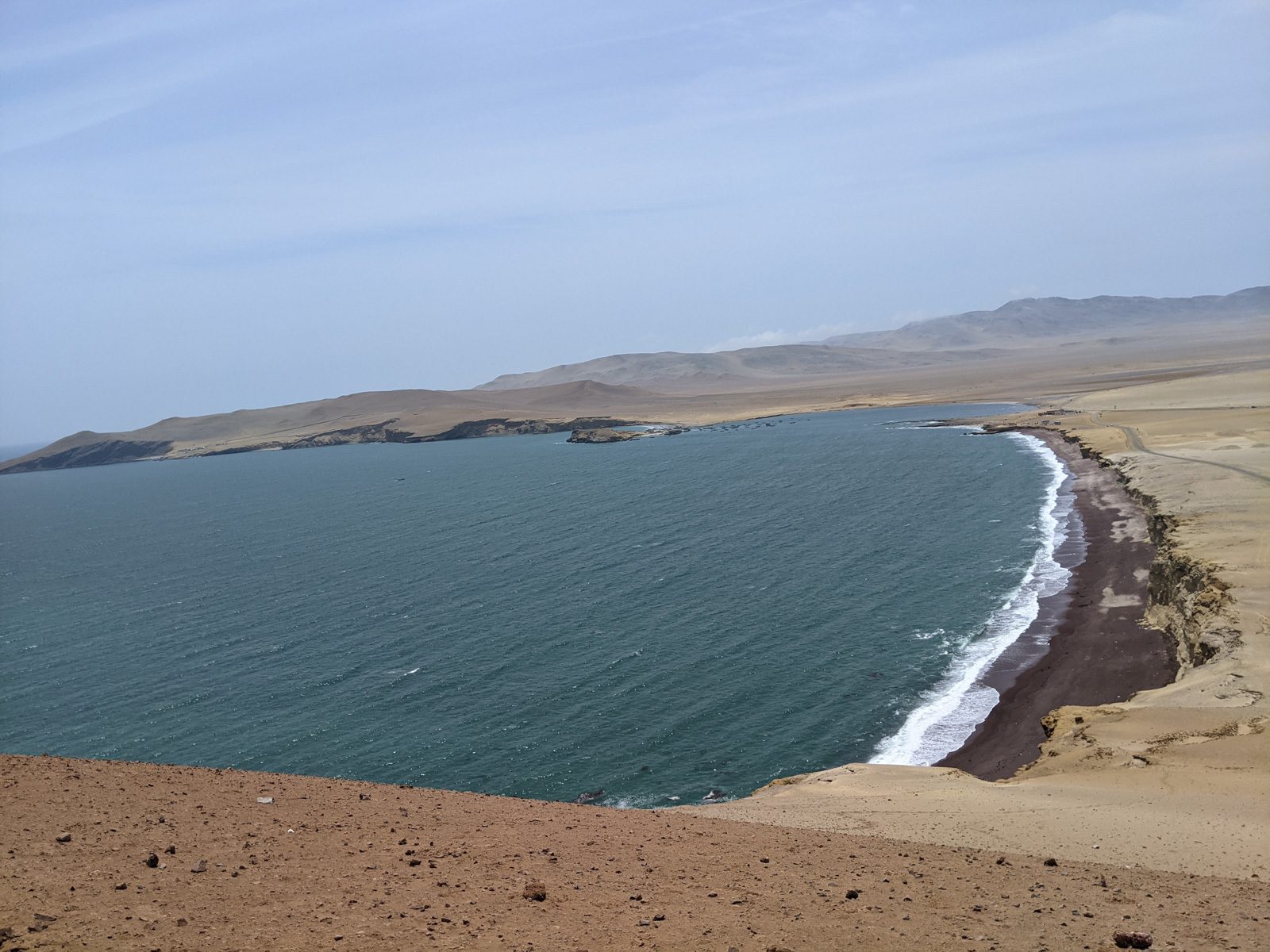
Iquitos & the Peru Amazon
To the far north of Peru, enveloped by rainforest and resting on the banks of the Amazon, lies Iquitos. Though a large, modern city, it provides the perfect starting point for an Amazonian quest.
Boarding a luxury cruiser, one can ply the abundant, life-giving waters of the world’s mightiest river. The fabled waterway is a wonder to behold, its meandering arteries affecting global climates and weather patterns. The verdant rainforests are replenished by its waters and the moisture evaporated from its surface. Teeming with life, both on land and in its depths, the Amazon is a waterborne safari opportunity. Caiman, numerous fish and the pink river dolphin are frequently spotted in the murky waters.
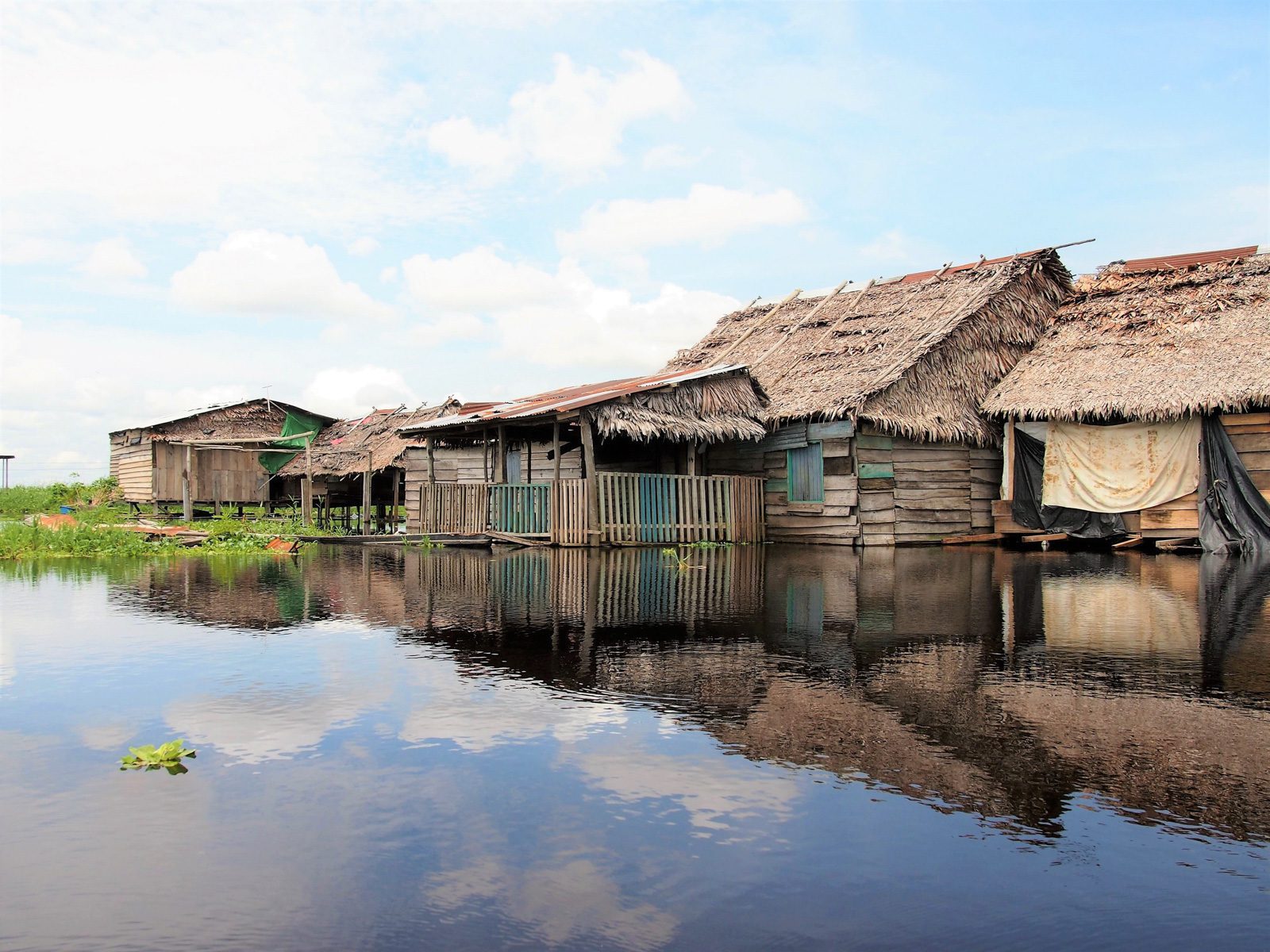
Venturing by land into the surrounding rainforests, guided walks take you into the canopy, and on the forest floor, you may catch a glimpse of sloths, monkeys and a wealth of birdlife, including the curious hoatzin.
The continually threatened rainforest has also given rise to several rescue and rehabilitation centres in Iquitos offering a wonderful opportunity to fund this vital work while viewing some of Peru’s diverse, adorable, scary and fascinating fauna.
RUTHIE’S FACTS: Llamas and alpacas: do you know the difference? An alpaca is fluffy and llama has a long neck and longer, banana-shaped ears. The llama’s saffron and maroon robes are also a dead giveaway!

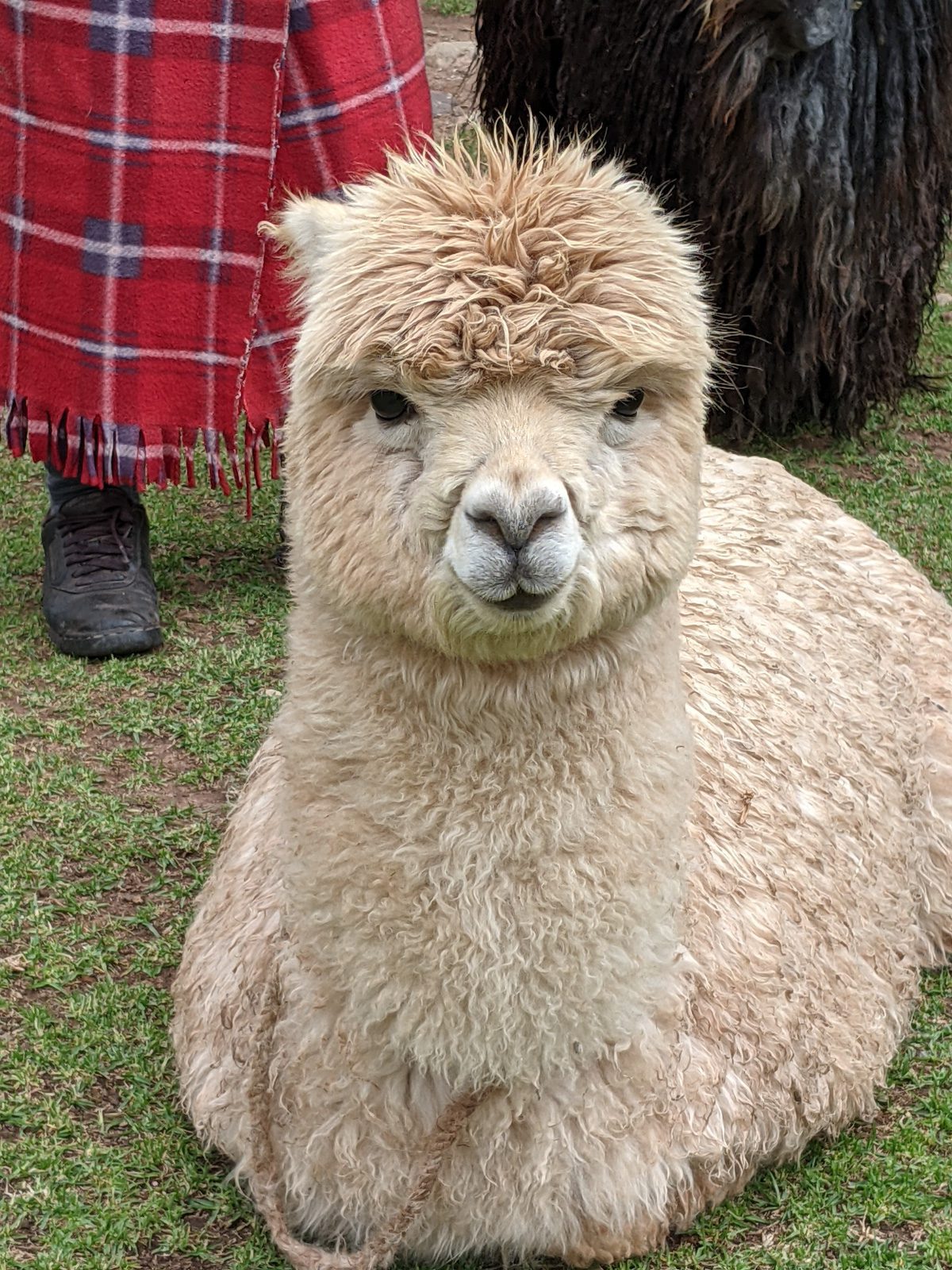
Peru has many familiar, yet distinctly different foods. Ceviche, the national dish, comprises lightly cured fish – usually sea bass – served with boiled corn and sweet potatoes.
Speaking of potatoes, Peru has 4,000 varieties! While many will be very similar to those we have at home, others are distinctly unique.
Meats are also somewhat different, with alpaca and guinea pig making up the more popular protein sources, and both well worth trying for the more adventurous diner.
Purple corn looks similar to regular sweet corn – except for the colour, of course – but has a far denser, starchier texture and almost nutty flavour.
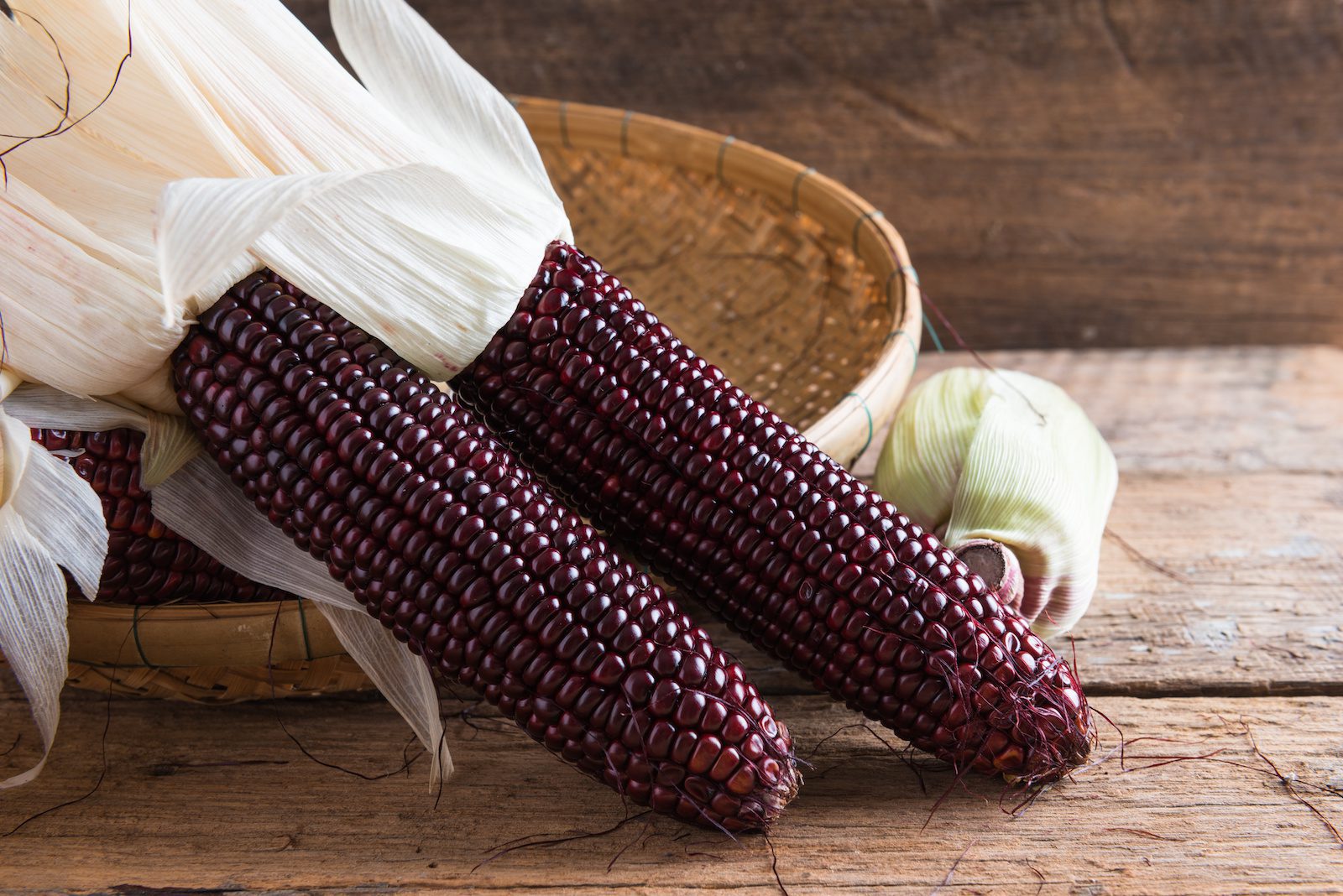
Rainbow Mountain
Rainbow Mountain, or Vinicunca as it is locally known, can only truly be appreciated in person. The contrasting hues and vibrant colours of the sands were formed over the millennia by weathering, environmental conditions and sedimentary deposits. The mountain’s unique mineralogy created a marbling effect, with layered hues of gold, lavender, red and turquoise towering into the sky.
Though a fairly popular landmark, the full-day excursion, with a two-hour drive and three-mile (5 km) hike to reach, dissuades some tourists, so when choosing the best time to visit and with the right guide, you can still experience this natural wonder with very few others.
RUTHIE’S TIP: Our driver and guide knew the back way to skip the crowds and we drove through villages and fields of llamas and alpacas. We were lucky enough to see all the colours as the sun came out just as we summited.
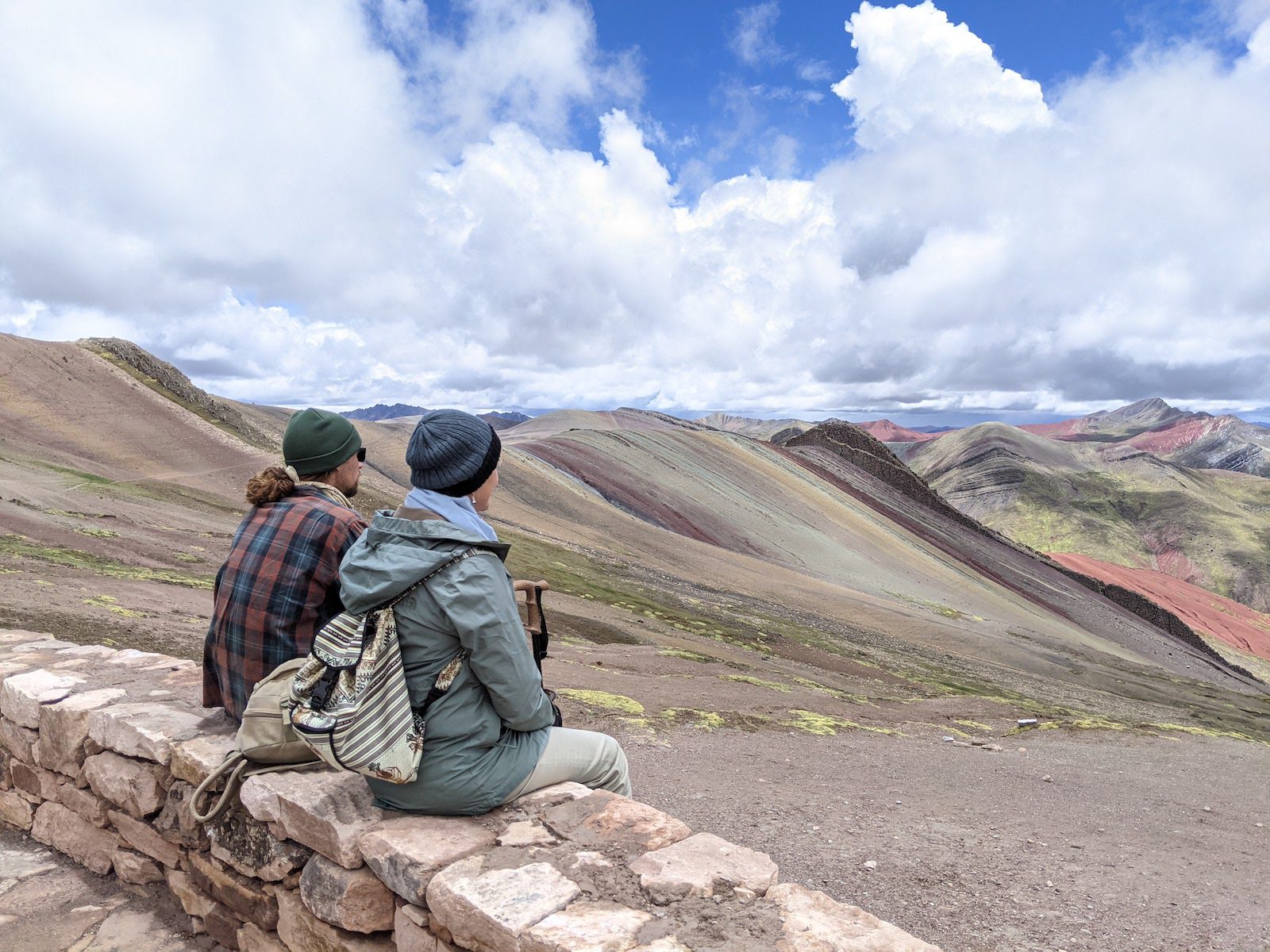
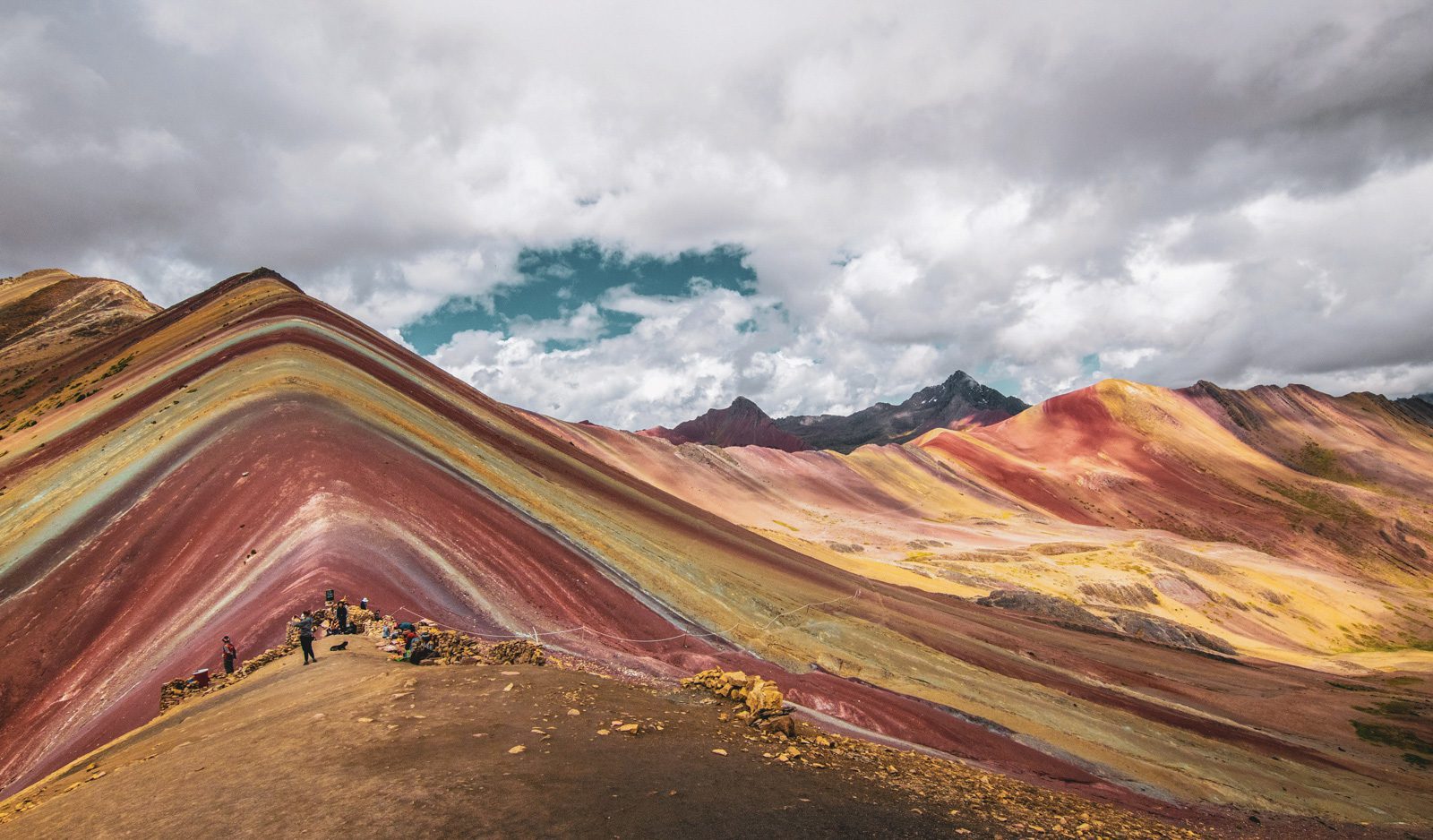
____
When one considers a trip to Peru, it is often with myopic focus on its most iconic attraction, and of course, no Peruvian expedition would be complete without the obligatory selfie atop Machu Picchu. But, resplendent though it is and more than worthy of its renown, it tends to somewhat outshine a vast and fascinating nation that has so much more to offer.
Discover more of Peru – talk to your travel designer today about the possibilities of South America.
